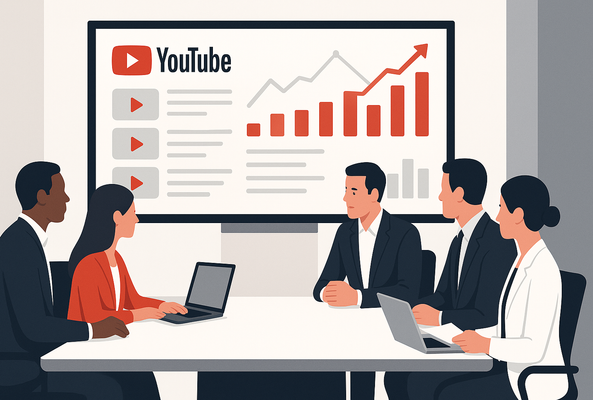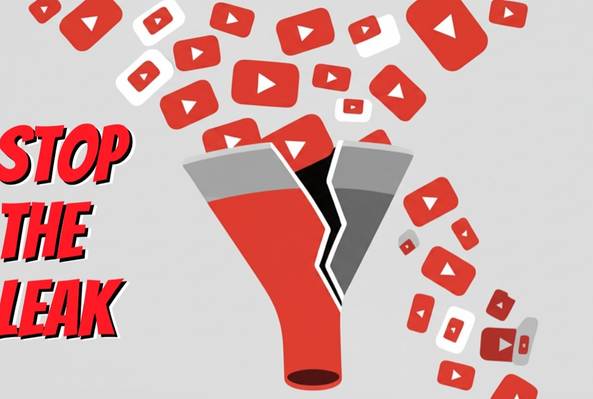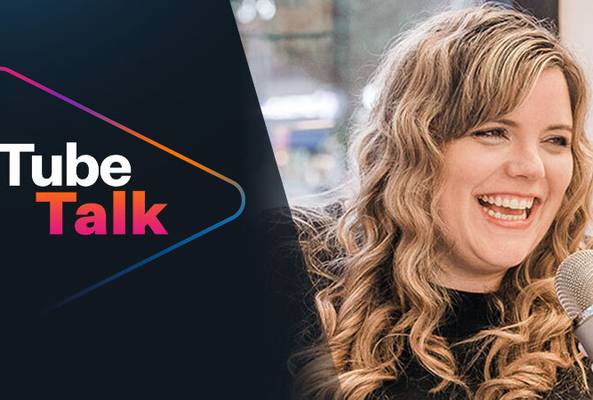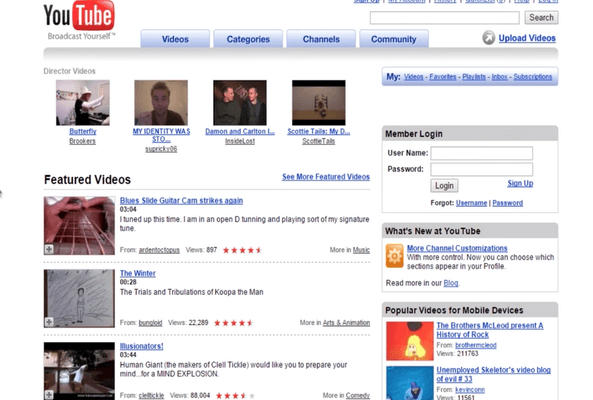Darryl is a writer with years of experience in online video software, combining technical expertise with a passion for educating audiences. When not writing, he’s tending to his farm surrounded by horses, chickens, dogs, and somehow cramming more plants into his garden than it could ever reasonably hold.
YouTube for Brands: How to Build a Business Growth Engine
One of the most common misconceptions is that YouTube is just another social channel or simply an extension of Google. In reality, a brand’s YouTube channel has the potential to become a powerful growth engine for your business.
While YouTube for brands does require a different strategy than YouTube for creators, the gap is smaller than you might think.
People come to YouTube to watch stories, and many brands already have great stories to tell.
Stop Guessing. Start Growing.
Join 20M+ creators using vidIQ to get more views, subscribers, and success on YouTube.
When brands commit to storytelling and community-building, their YouTube channel becomes more than a video library. It becomes a platform for connection, trust, and long-term business growth.
Why Outdated YouTube Strategies Hold Brands Back
One of the biggest challenges facing many enterprise teams is a mindset problem: many still treat YouTube like a traditional social feed or assume its algorithm works exactly like Google Search.
Those assumptions limit results and keep their channels stuck.
YouTube is More Than Just Another Social Channel
Most social platforms are designed for speed, virality, and short-lived visibility. You post, get a spike in impressions, and then your content fades into the feed.
YouTube is built differently.
It’s not just a content hub, it’s a search-powered discovery engine with over 122 million active daily users. YouTube users come with intent. Not just passively scrolling. They’re actively searching for answers, inspiration, and solutions.
And because YouTube videos appear in Google search results, your reach extends beyond the platform itself and into the wider search landscape.
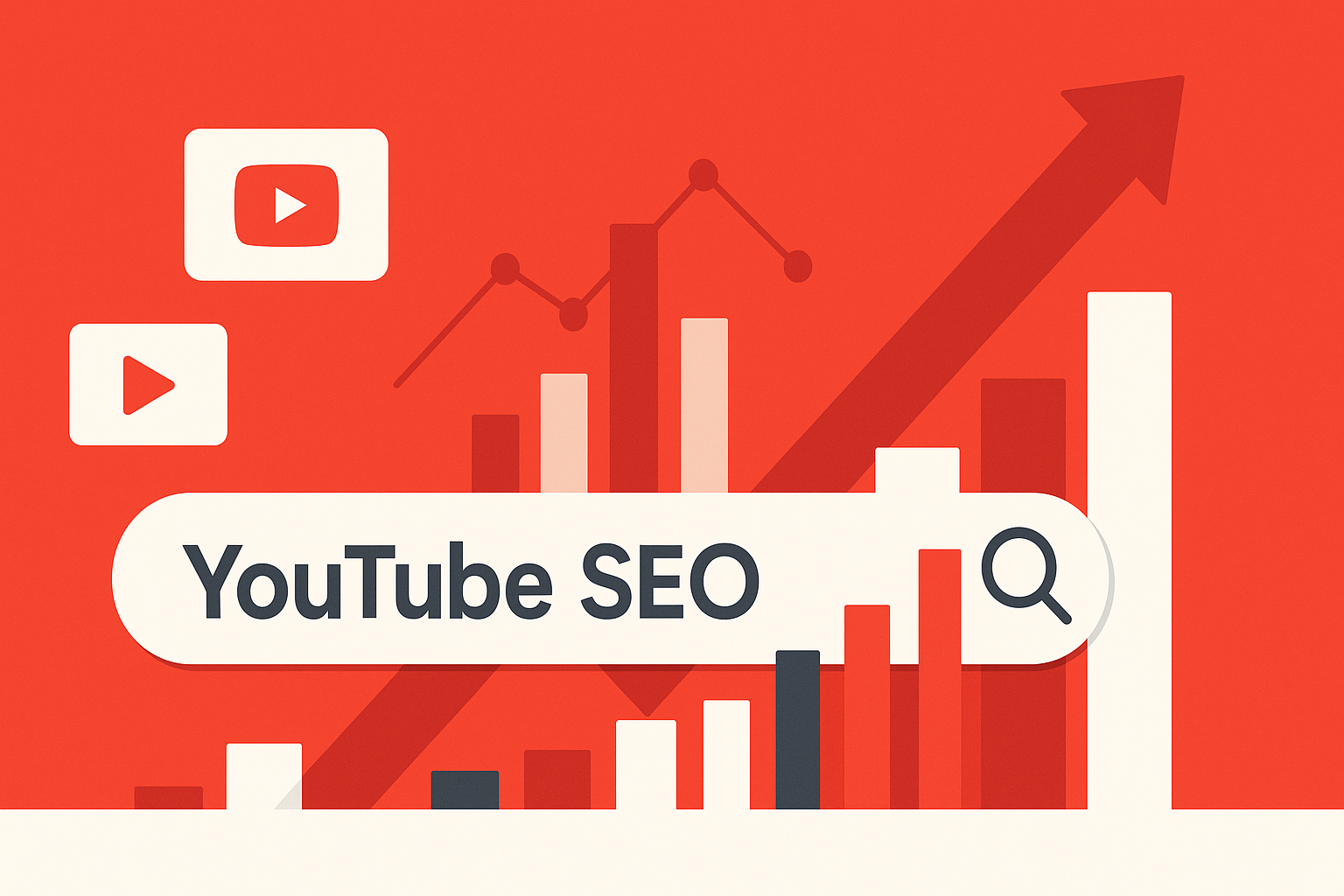
YouTube SEO is Not Google SEO
Another common mistake brands make is applying the same SEO playbook they use for Google, expecting keywords and tags to drive all the growth.
Yes, YouTube is owned by Google. Yes, it’s the second-largest search engine. But the way videos are ranked and recommended content is fundamentally different. YouTube prioritizes viewer behavior over keyword structure.
Here’s what many brands overlook: YouTube search traffic only accounts for about 20 percent of total views. The other 80 percent comes from browsing features, suggested videos, and the homepage.
To succeed, you need to optimize for both search queries and discovery across the platform.
YouTube SEO vs Google SEO: What Brands Need to Know
- Viewer behavior over keywords YouTube ranks videos based on engagement. Click-through rate, average view duration, and session time are more important than keyword repetition.
- Titles and thumbnails drive clicks Google relies on text-based signals. YouTube content lives or dies by how well the title and thumbnail earn the click and keep viewers watching.
- Optimize for recommendations, not just queries Google responds to direct queries. YouTube anticipates what viewers want next, based on past behavior and interest patterns.
To unlock YouTube’s full potential, brands need to treat it as both a search platform and a social platform, with its own unique algorithm and viewer psychology.
YouTube requires its own strategy, one based on how people actually watch, click, and engage on the platform.
Optimizing YouTube as a Growth Engine
While paid ads stop delivering results the moment you pause spending, well-made YouTube videos provide continuous, long-term value.
When your brand invests in creating and optimizing evergreen video content, each piece becomes a lasting marketing asset. A single video published today can continuously attract viewers, capture leads, and generate sales for years to come, effectively compounding your initial investment over time.
Compare this to paid advertising, which provides short bursts of visibility and traffic but requires constant spending to sustain results. Original YouTube content, however, grows stronger as it accumulates views, engagement, and authority, increasing your ROI over time.
Why Original Content Outperforms Paid Ads Over Time
Let's break down the difference between paid visibility and earned attention:
- Paid ads (Short-Term ROI):
- Immediate but temporary visibility
- Requires continuous spending to maintain results
- Doesn’t build long-term audience loyalty or brand equity
- Original YouTube Content (Long-Term ROI):
- Evergreen visibility that continues long after publishing
- ROI compounds over time as videos rank and gain traction
- Builds trust, authority, and lasting customer relationships
- Requires upfront effort, but minimal cost to sustain
When supported by the right strategy and consistent publishing, original content delivers stronger ROI, and builds brand equity that paid ads can't replicate.
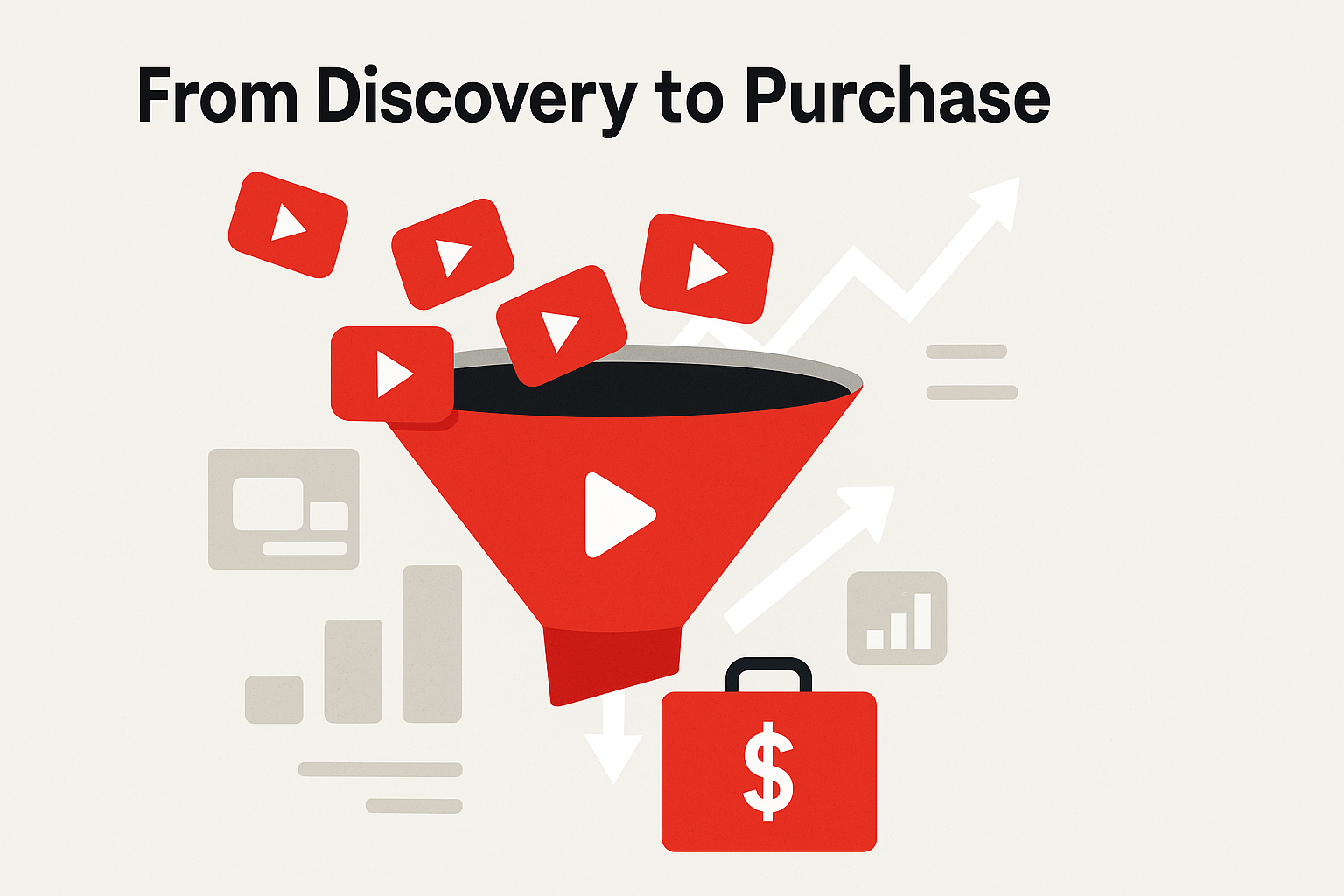
Lead Generation & Revenue Engine
When thinking about YouTube for brands, don’t just think top-of-funnel awareness. Instead, picture it as a fully functioning inbound pipeline that attracts, nurtures, and converts leads into customers.
The Viewer Journey:
Discovery → Education → Trust → Purchase.
When a potential customer searches for solutions or inspiration, your video content is often their first touchpoint. If you provide valuable, educational, or entertaining content, they’re far more likely to stick around, subscribe, and eventually buy.
How Leading Brands Do It
The best ways to build your YouTube pipeline:
- Answer buyer questions before they even contact sales
- Show your product in action via demos, tutorials, or behind-the-scenes content
- Build trust by showcasing values, social proof, or customer success stories
- Capture leads with strong CTAs in video descriptions or pinned comments
YouTube isn’t just a top-of-funnel channel. When paired with the right strategy, it becomes an always-on sales asset that delivers both brand equity and measurable business results.
Start Treating YouTube Like a Business Asset
YouTube is not just a social channel. It's a search engine, a content hub, a lead generation machine, and a platform your brand controls. And yet, many companies still treat their channel like an afterthought or just a place to host ads.
If you want to build lasting brand equity, drive compounding ROI, and stay relevant in how customers actually search and engage today, your YouTube channel deserves a seat at the strategic table.
With the right strategy, YouTube becomes more than a marketing tool. It becomes a core part of your business growth engine.
Ready to Grow?
If you're serious about turning your YouTube presence into a scalable growth engine, vidIQ’s Enterprise Coaching is built for you. Our team works directly with brands to develop tailored strategies, run audits, and provide hands-on collaboration that delivers measurable business results.
Learn how vidIQ supports brands like yours
Let’s unlock your channel’s full potential.
FAQs
How is YouTube for brands different from YouTube for creators?
While creators often focus on personal branding or monetization, brands should treat YouTube as a strategic business asset - built around audience education, lead generation, and long-term ROI.
Can YouTube generate leads for B2B or enterprise companies?
Absolutely. With the right content strategy, YouTube becomes a full-funnel tool, attracting, educating, and converting high-intent prospects over time.
What kind of content should brands publish on YouTube?
Brands should focus on original, evergreen content like tutorials, product demos, customer stories, and thought leadership to build trust and drive discovery.
20k+ 5 Star Reviews
Ready to put this into action?
Use vidIQ to find your next video idea, pick better keywords, and optimize every upload.

